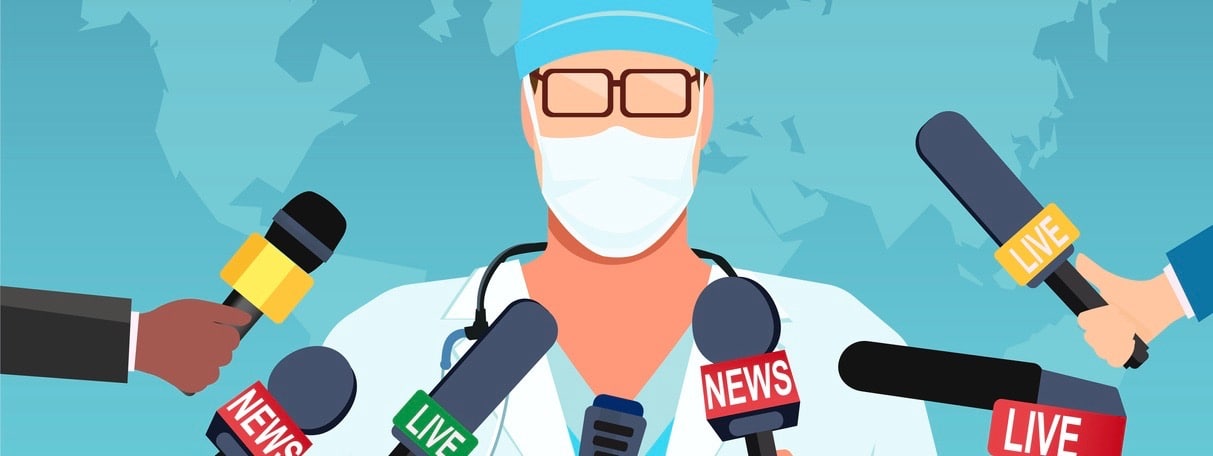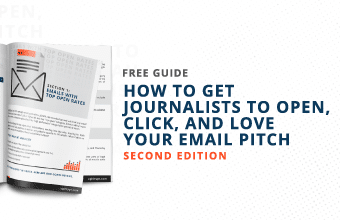As the COVID-19 pandemic continues to wreak havoc on global business, PR pros are hungry for timely best practices about getting their clients covered in the media. A new research project from broadcast PR firm D S Simon Media offers important insights that help PR keep track of what the broadcast media is open to covering.
There are two parts to this equation. First, what are local news outlets open to covering? The firm is surveying these outlets a weekly basis and among their findings is that:
- 87 percent of stations surveyed said they would take a story related to the virus from brands or non-profits.
- 77 percent would take a health story not related to the virus.
- A full 75 percent would be open to a story on a general topic.
The second aspect needs to be judged on a case by case basis. Simply, is the message you are trying to convey appropriate during this pandemic—and will it benefit your organization and the public in general. Clearly, hard-sell messages don’t make a lot of sense right now and you need to be educational in tone or communicating how you are making things easier for customers and your own employees.
How are brands getting their stories on television?
The firm put the “media interest” question to the test in one day of pitching a lifestyle story on creating relaxing spaces in your home to help you relax. The result? 23 earned media interviews were booked in one day of pitching. This “new normal” far outstrips what expected results would have been before the crisis.
D S Simon CEO Doug Simon offers Bulldog readers some additional insights in this Q&A:
When approaching producers and assignment editors at local broadcast networks, should brands and businesses try to find a way to newsjack a coronavirus connection? What are the benefits and risks of that, based on what networks are telling you?
Our perspective, is there really isn’t any story that is unrelated to the virus. Every business and person has been effected in some way. We’re finding stories as simple as offering tips on how to create personal spaces in your home are in strong demand. In one day, 23 stations booked that story with us. That’s far more than would have in a normal period.
Even though most local TV editors say they are open to business-as-usual pitches and story ideas, it’s still a precarious time for media relations. Are PR pros in more danger of ruining relationships now than during a “normal” news cycle? What’s the best approach to test the waters? What indicators should they watch for, and how should they react?
I don’t think so with the key phrase being PR Pros. There is tremendous demand from the media to speak with brand executives to hear what they have to say. Stories that previously would have taken two weeks to pitch can be booked in 3-4 days. As always, the best way to test the waters is to have a good story that you can offer that is a fit for what is being covered at that media outlet. What’s different is that many more stories are compelling in this news environment. We’ve found the media is far more open to being pitched than in many years. Their audience has so many needs right now that they are searching for experts who can provide answers.
How should sources be prepared for participating in remote-style interviews? Besides being available virtually, are there unusual or special approaches they should take with reporters? What kind of media-training points do you recommend that interviewees and sources might not think of normally?
Most interviews are being done over Skype, Zoom or Cisco WebEx. In fact, that’s how we are producing satellite media tours with the spokesperson connecting to our control room and we send the signal to stations. In advance of your interview, the most important thing is to test your connection. You should use the technology to connect with a colleague to make sure you look your best and can hear easily—we suggest you use earbuds of some type to prevent feedback.
You’ll want to be in a room where there is even light. An ethernet connection is best. If you are using an iPad, remember where the camera is. Our tendency is to look at the person we are speaking with. You want your focus 100% at the camera not on the screen. If your interview will be edited (for print or later broadcast), as the interview is finishing ask the reporter to share a final thought if they don’t ask you to. That’s where you can emphasize your best and most important point.
What advice should PR pros be giving clients to keep expectations realistic about the potential for coverage? How can they serve clients in lieu of getting the usual coverage they usually expect, and keep their client relationships healthy?
When it comes to broadcast, if they have a story that is relevant in these times, expectations should be significantly better audience reach than would have previously been expected. Journalists have a heightened sense of mission and whether your story can help keep people safe, help them work more efficiently or simply make the new realities of life easier to handle they want to tell the story.
See D S Simon’s complete video series in the firm’s COVID-19 Media Guide for PR Pros.









